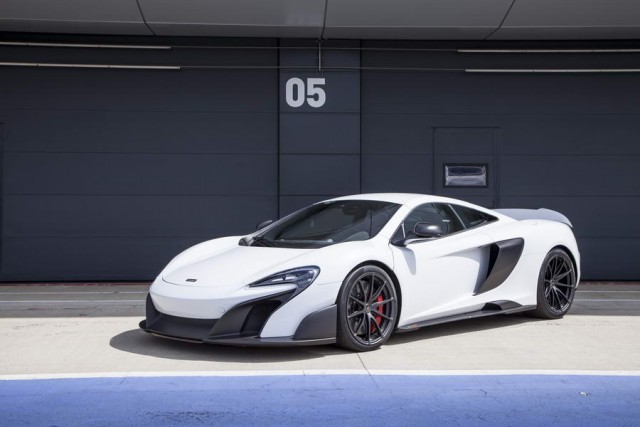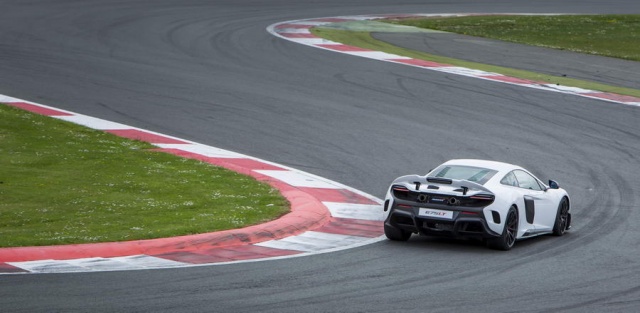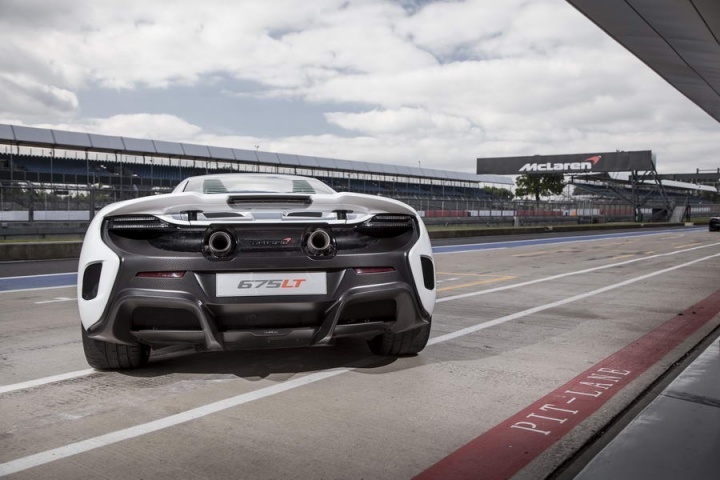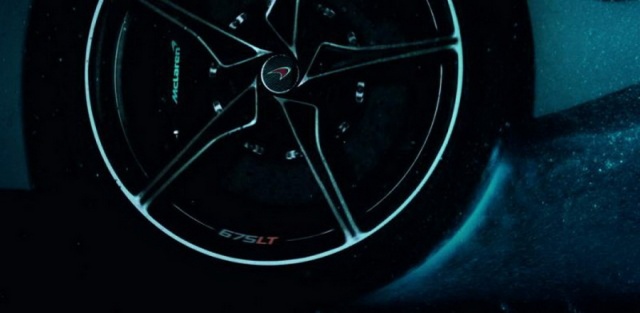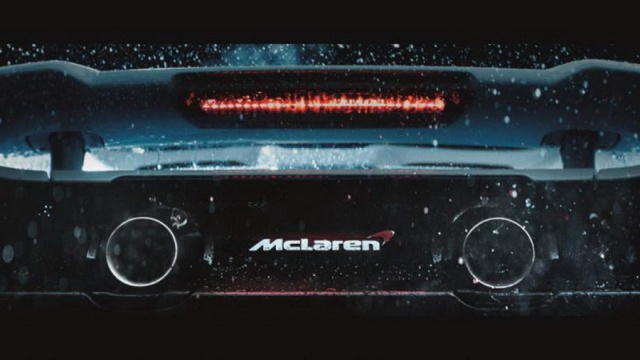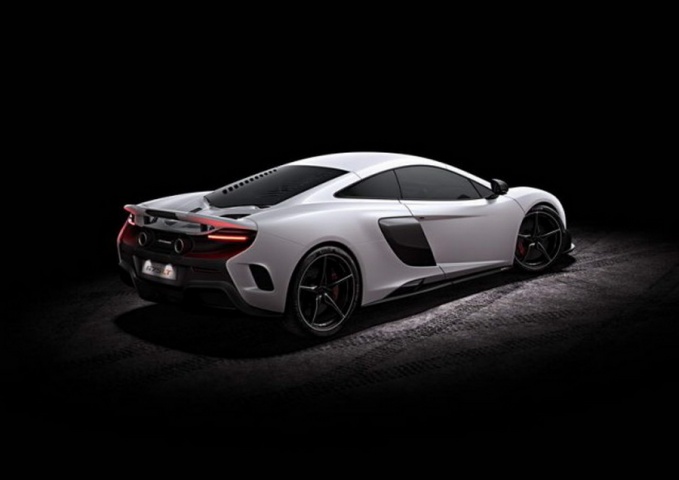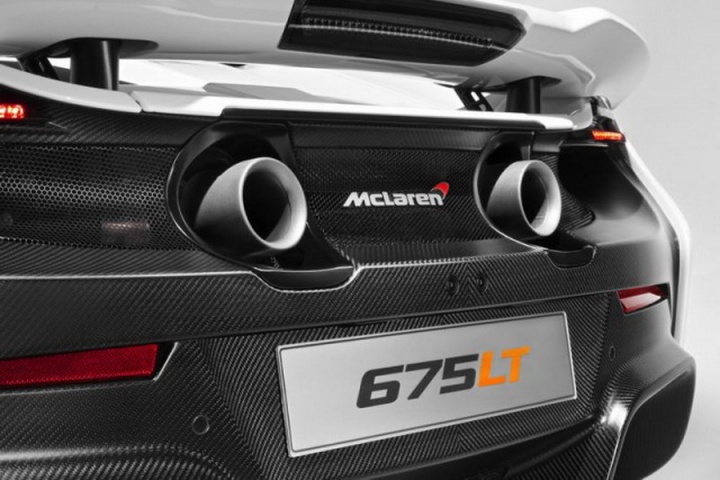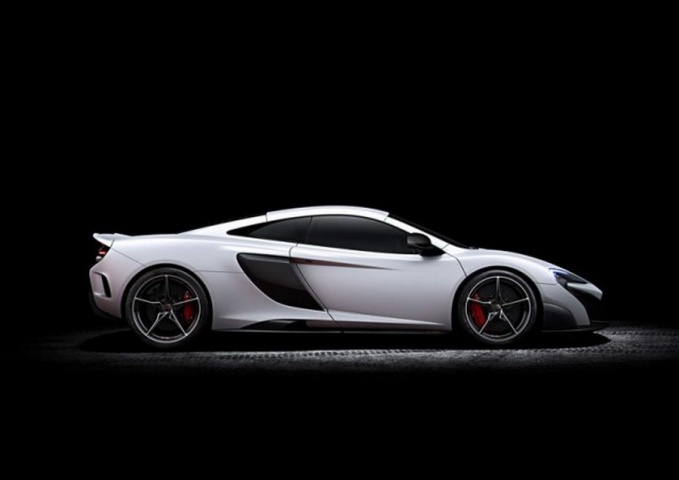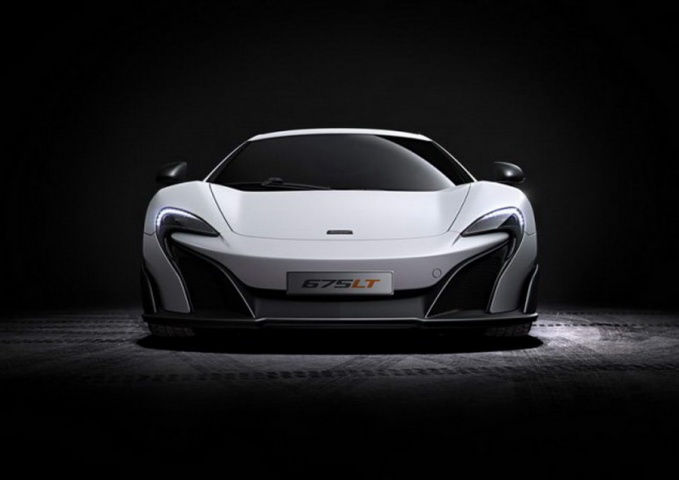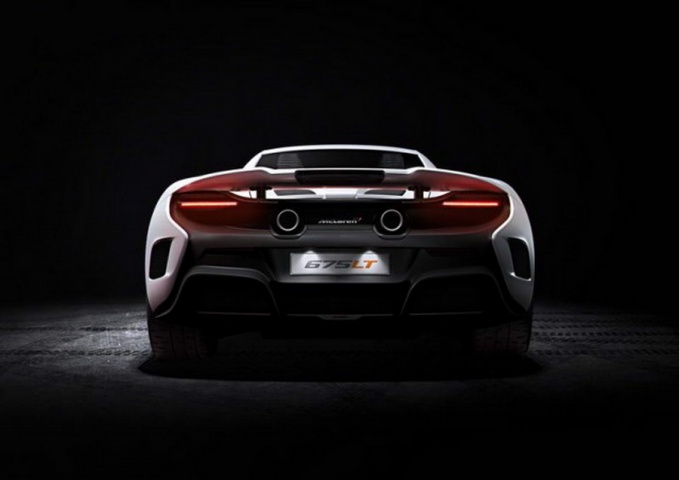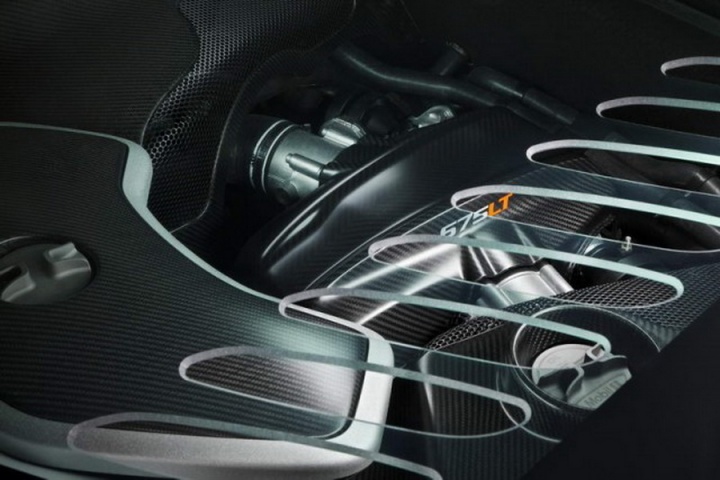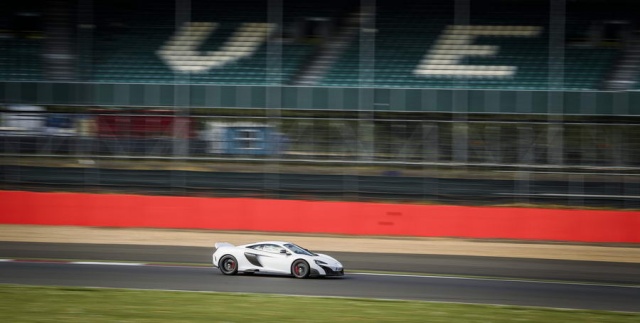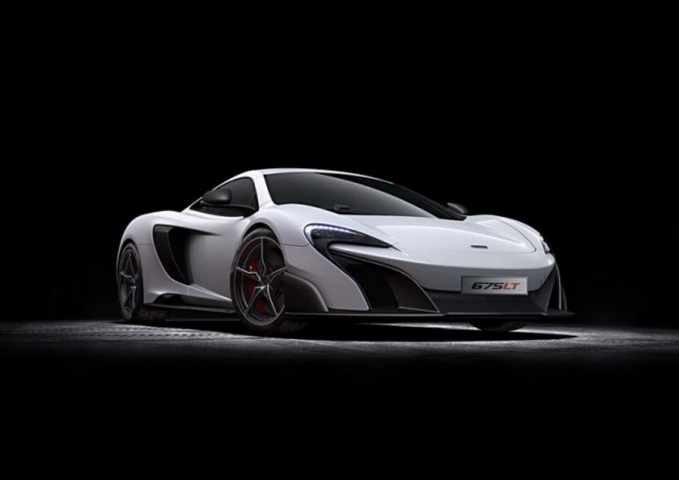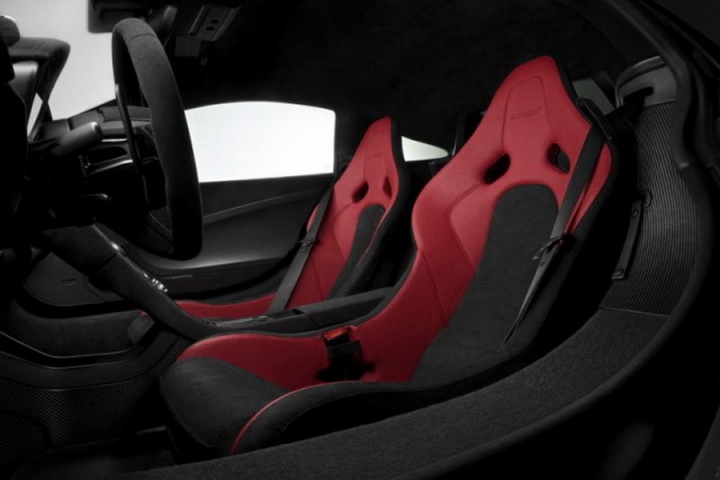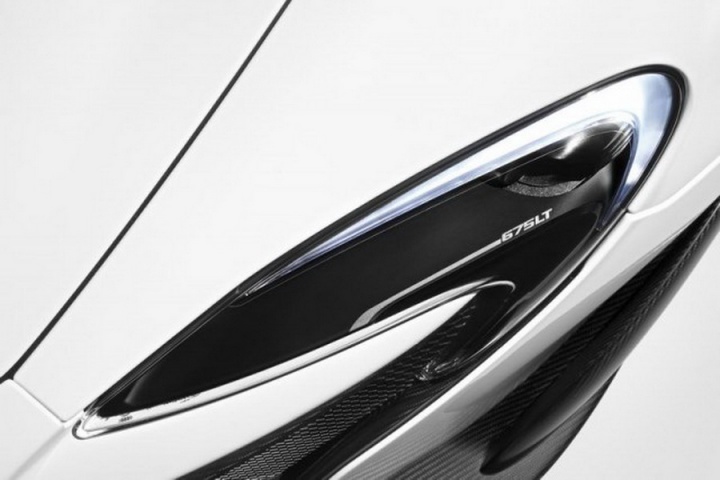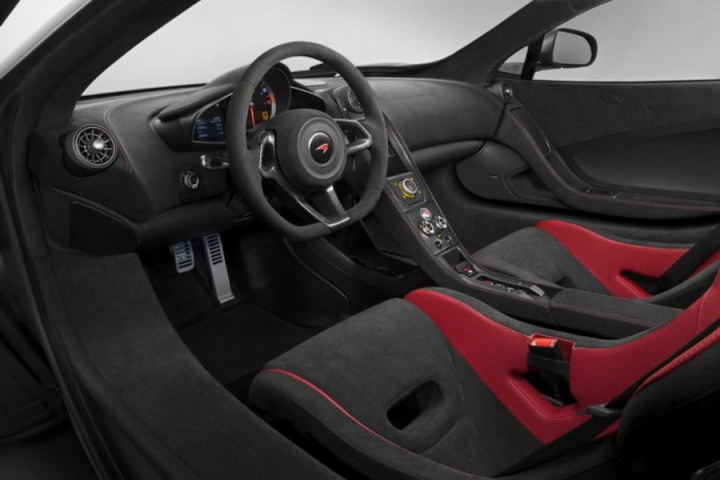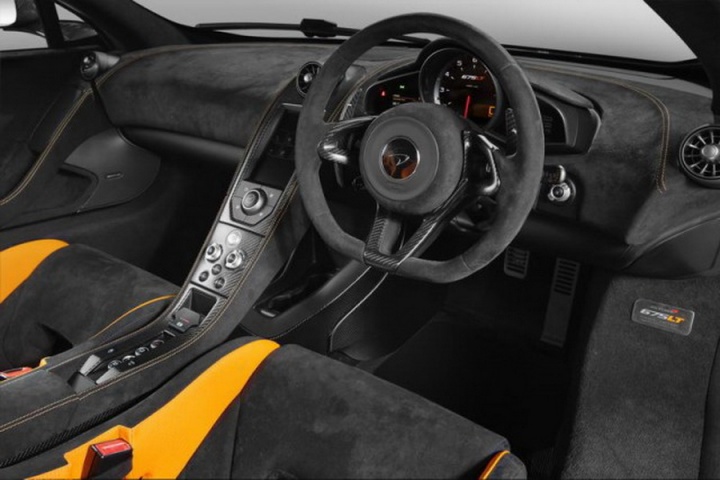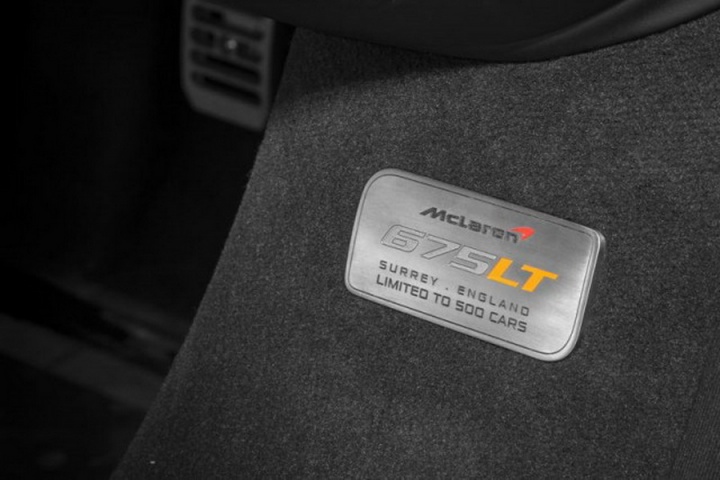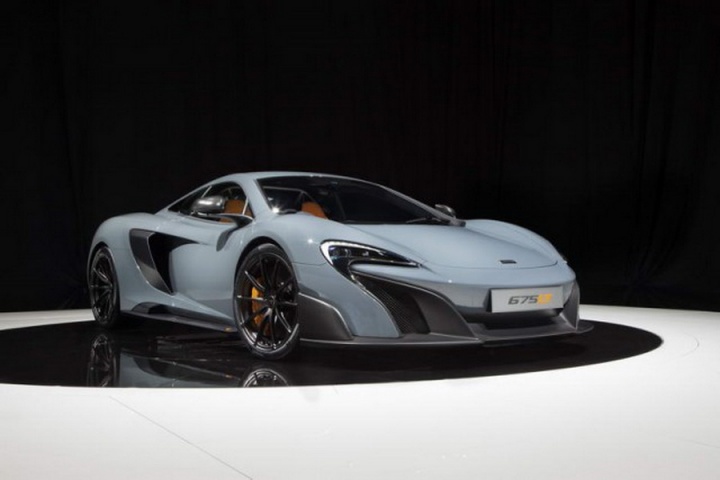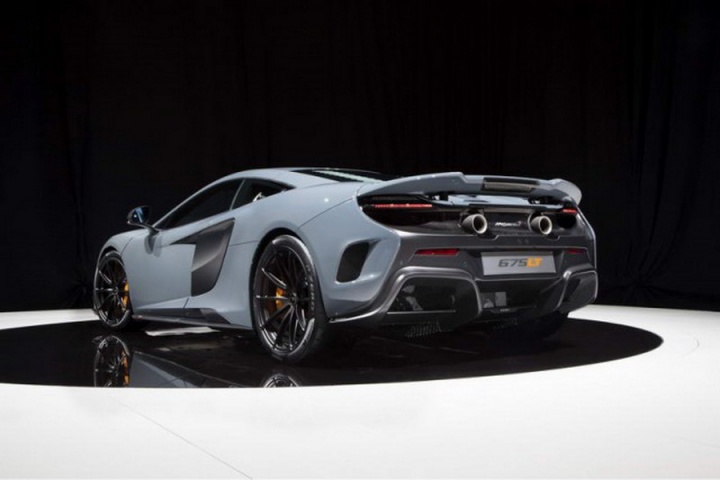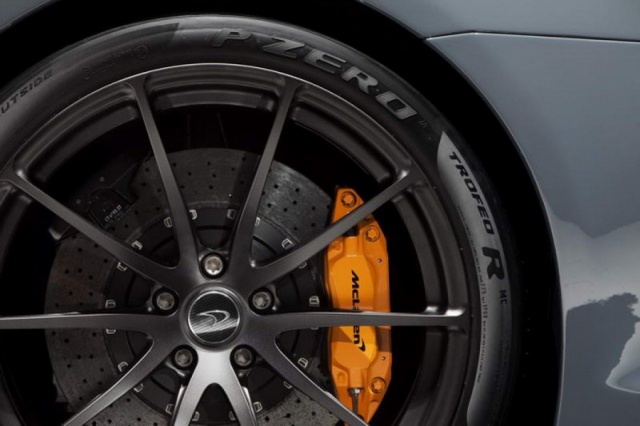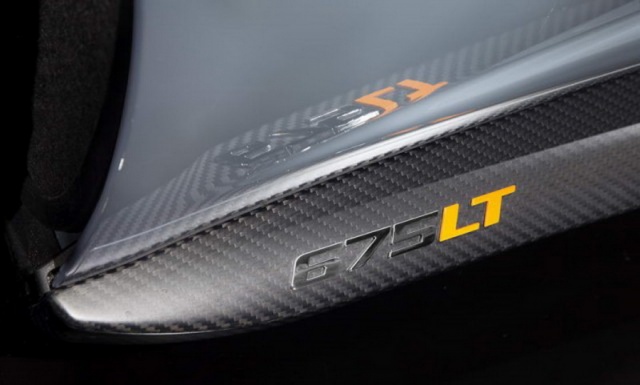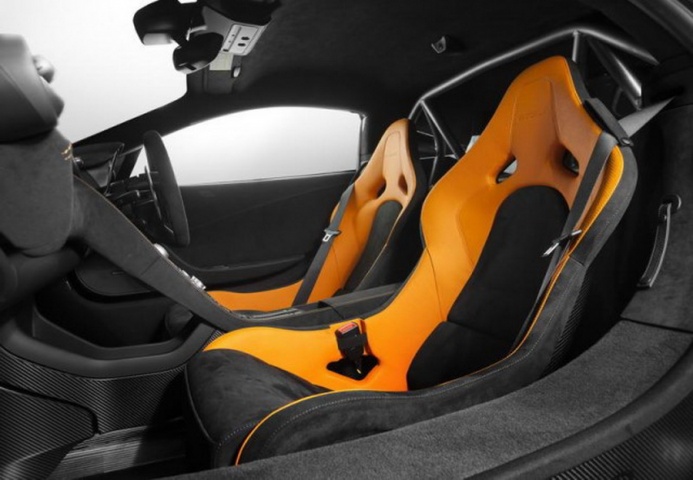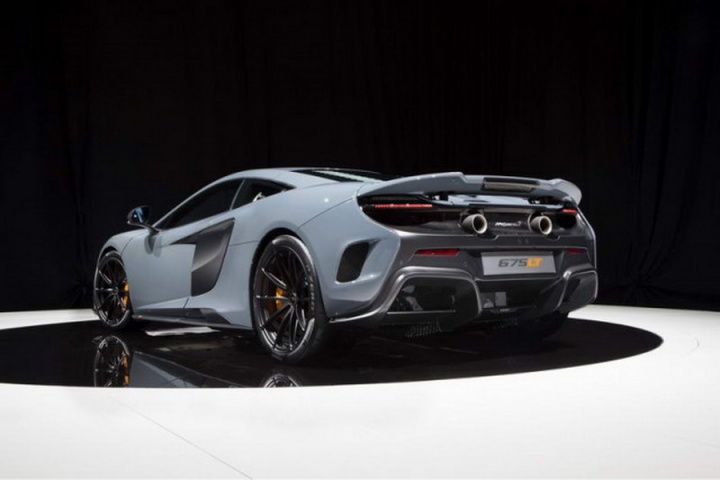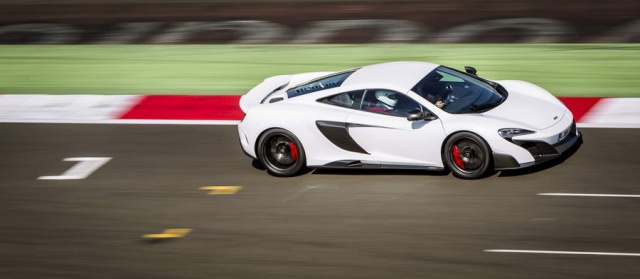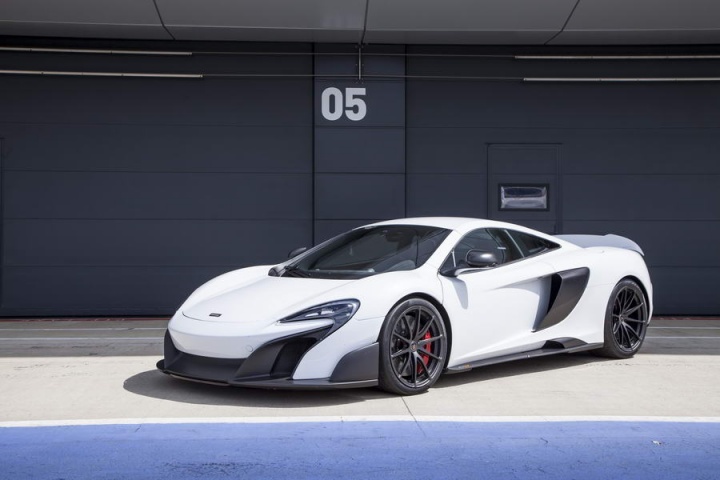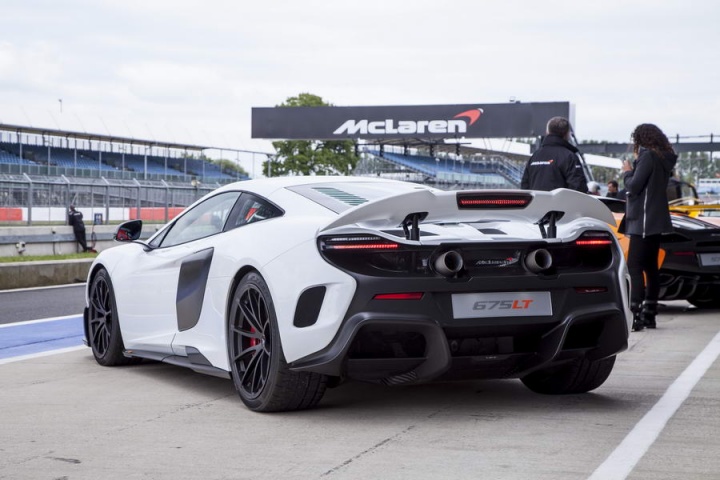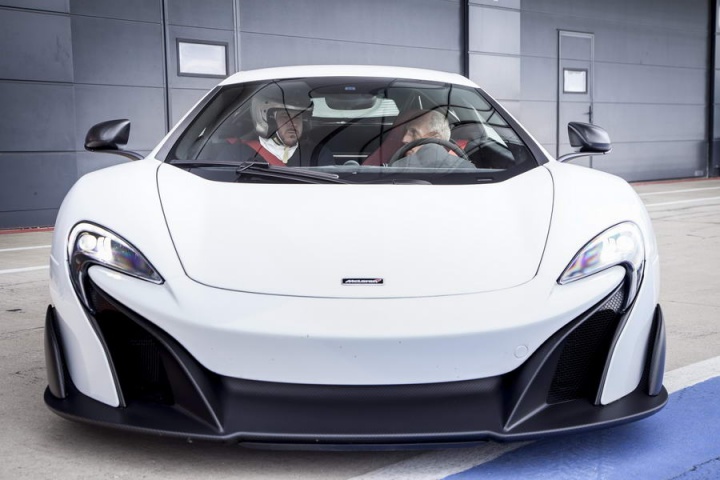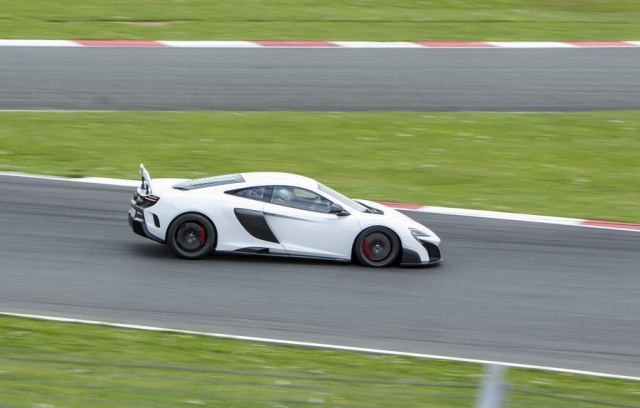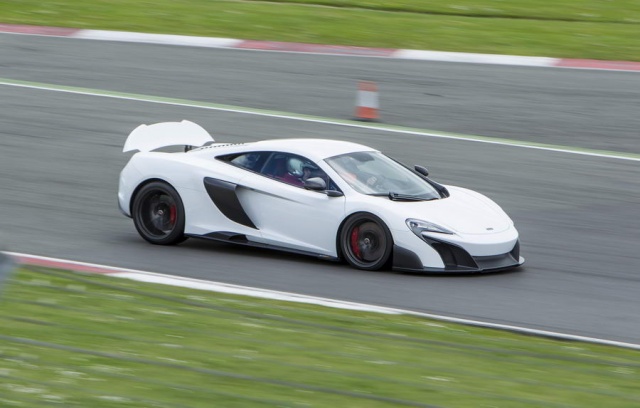We're not about to claim a definitive verdict on McLaren's new 675LT having only experienced it from the passenger seat, but McLaren's claims of a more focused and intense experience do appear to have real substance. Just 500 examples will be made, each promising to justify the sizeable premium over the already sensational McLaren 650S.
In the metal 5/5
Longtail: an evocative name in motorsport circles, as some of the most sensational endurance racers featured lengthened posteriors to improve high speed stability on long straights such as Mulsanne in Le Mans and fast bends like Curve Grande at Monza. So it was back in 1997, when McLaren rolled out its Longtail version of its F1 GTR racer at La Sarthe. More than a mere aero-tweaked version of McLaren's sensational road-car-turned-racer, the changes ran deeper and incorporated engine, steering, brakes and chassis updates to allow the F1 to retain its winning ways.
The same approach has been taken for the new McLaren 657LT you see here. At first glance it doesn't share a dramatic stylistic departure with its F1 relation, but the technical changes are significant. It is longer, but only by 34mm, and the relative shortness of this Longtail belies the changes that have gone into it to lighten it and sharpen speed, response and, as a consequence, driver engagement. Almost every element has been improved. The bodywork from the rear of the doors is entirely new and constructed from carbon fibre, the front bumper and splitter also made of the black weave. The rear spoiler, some 50 per cent bigger, the front splitter at 80 per cent larger and new redesigned diffuser combine to produce 40 per cent more downforce than the 650S, so the LT lives up to its name in spirit, if not length. Still, there's a more purposeful look to its lines, helped not just by that slight stretch and more pronounced snout, but also its increased track and a set of lightweight alloy wheels that weigh in less than those even on McLaren's P1 hypercar.
Driving it N/A
We can't rate how the 675LT drives as we've yet to actually drive it. We have, however, been in the passenger seat. Usually we'd leave it at that, but a ride in the 675LT after driving the 650S for a few laps around Silverstone was more revealing than it might usually be. Reading the 675LT specification is like ticking off a motorsport enhanced checklist. Less weight, more power, improved aerodynamics, reduced comfort, greater sound, bucket seats, a wider track, stronger brakes and, if you choose the Clubsport option, a roll cage, multi-point harnesses and a fire extinguisher. That Clubsport cage is made from titanium, in the pursuit of reduced mass, and it weighs in at around half of what a steel one would.
Weight reduction is key to the 675LT's make-up, it tipping the scales at 1,230kg, which is a not insignificant 100kg less than the 650S. Achieving that hasn't been easy, as the 650S was already comparatively light. McLaren shaved 1mm off the glass to save 4.5kg overall, while more extensive use of carbon fibre and titanium help drop the weight, too. If you're obsessive you can knock 11kg more off by denying yourself the comfort of air conditioning and audio equipment, but if you're that keen you might want to look at McLaren's track-only offerings instead.
As much as the 675LT's focus is more track-leaning McLaren's chief test driver Chris Goodwin says it has to remain a car you can drive to and from the track, and every other day of the week. Getting in the bucket seats is more of a palaver, the engine barks into life with more intensity and there's some resonance and vibration in the interior that's just not there in the 650S. That's a good thing though; if anything the 650S is a little too polished, the 675LT dials back some of this and is more overtly supercar, more of the time. That much is obvious departing the pit lane. Goodwin talks of plentiful track development for the steering and suspension, and even from the passenger seat the suspension's more aggressive set-up is clear.
It's not harsh, on the smooth tarmac of Silverstone at least, but it sounds, and looks busier, the nose's response is clearly more immediate, the 675LT's resistance to roll clearly greater. With less sound deadening, an engine that's had around 50 per cent of its internals revised and a lengthened, titanium cross-flow exhaust fitted it's all a lot more intense - even from the wrong seat. Power is up marginally to, as the name suggests, 675hp; the increase is not vast, but the engine's response is quicker, and torque's up a touch, too. Add recalibrated shifting on the seven-speed SSG automatic transmission, a stability control system that can now be switched off on the move and a host of other small but significant changes and the 675LT seems to deliver on its promise. We'll know for sure when we actually drive it sometime later this year.
The numbers associated with the 675LT are fairly extraordinary. It reaches 100km/h in 2.9 seconds, with 200km/h arriving just five seconds after that. Those are numbers that outgun the McLaren F1, even if the top speed of 330km/h is some way off the company's supercar icon.
What you get for your money 5/5
A not insignificant premium over the already supremely capable and fast 650S buys you one of the 500 675LTs McLaren will build. Given most customers spend as much as that extra the LT asks on options anyway, it looks like a sensible buy, especially given the depth of the engineering changes that have gone into creating it. Of course there's the opportunity to make it even more individual, pushing the price up further, but when you're in this category of cars few, if any, buyers are looking at the bottom line.
Alternatives
Ferrari 458 Speciale: the ultimate incarnation of the 458 Italia that has just been replaced by the sublime 488 GTB.
Noble M600: bonkers analogue supercar focused purely on speed and the driver's engagement with the process. Very extreme.
Porsche 911 GT3 RS: just as focused on track work as the Longtail and simply sensational.
Summary
Want a more focused, limited edition and, to our eyes at least, better looking 650S? The McLaren 675LT has all that, its limited build status bringing some real desirability too. But crucially, in making it a bit more track-biased, McLaren appears to have dialled out some of the things that we've been critical of the 650S for. Chiefly, and perhaps perversely, being a bit too polished. The 675LT is a more intense experience - and that's just from the passenger seat. Watch this space for a definitive verdict when we get behind the wheel...

